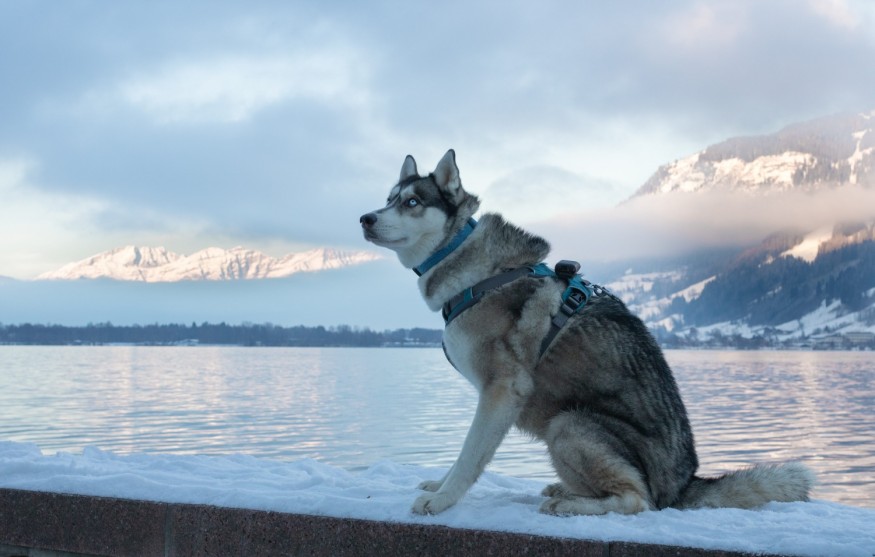
Husky sledding sounds fun, but exploiting the huskies is not. And unfortunately, that is becoming a problem as it becomes the main tourist attraction in Finnish Lapland.
The tourism problem...
According to Jose-Carlas Garcia-Rosell, the project leader at Animal Tourism Finland which monitors animal welfare, snowmobile riding is the main tourist attraction since the mid-80s until the husky rides were introduced two years ago.
Around 4,000 huskies work in the tourism industry and are mostly working from December to February when tourism is at peak.
But due to the increasing demand, husky farms cannot keep up to breed more dogs which will result in two things: overworking the huskies or resorting to "pop up" providers from other countries.
According to Garcia-Rosell, groups of husky hobbyists -- or dog trainers that are not breeders -- will move to Lapland during winter months to provide sledding service. These groups often came from Switzerland, or from the Pyrenees area on the border of France and Spain. They often operate for one to two months before moving to another place.
These providers are a problem. Aside from they do not contribute to the local economy, the welfare of their animal is untrackable, which means these huskies can possibly be exploited and animal welfare officials would not know.
But what about the offseason?
While overworking the huskies is a problem, it doesn't mean you should not patronize husky sledding. The farms need to feed their dogs, and they especially need it more during the offseason, which can last up to nine months.
This can lead to euthanizing the dogs, a similar scenario that happened in Whistler, Canada after a sledding company went bankrupt and could not afford to feed at least 100 dogs in 2010.
Anna McCormack, who runs Hetta Huskies, said that her team had rescued hundreds of dogs that their owners cannot provide for them due to economic inviability.
"Dogs are living for 12 months, and it is important to get visitors coming at slightly different times," said Riitta Kiukas, a Finnish tour operator who founded Skafur Tour.
For that, McCormack and Kiukas both agreed that the longer tourist season is a necessity to make the husky industry more viable.
One of McCormack's suggestions is an autumn husky safari, where the dogs will be pulling a wheeled cart to admire the beauty of autumn while going through the countryside.
But how does this industry actually work?
Although tourists come to enjoy this activity, most of them still consider the well-being of the dog. For that, they often opt for shorter rides.
Unfortunately, it is wrong. According to Kuikas, huskies are not pets, and longer travels are actually good for them because they are "born to run".
Garcia-Rosell suggests a trip with minimum of 20 kilometers distance, which is for the best benefits of the dogs -- and for maximum enjoyment of the clients.
In case you do not have enough time for a long trip, McCormack suggested booking older dogs instead. They still want to run but their bodies cannot support long distances, she added.
But she warned the tourists about companies that only want to maximize profits from older dogs since a company makes the most money off the short tours.
© 2025 NatureWorldNews.com All rights reserved. Do not reproduce without permission.





